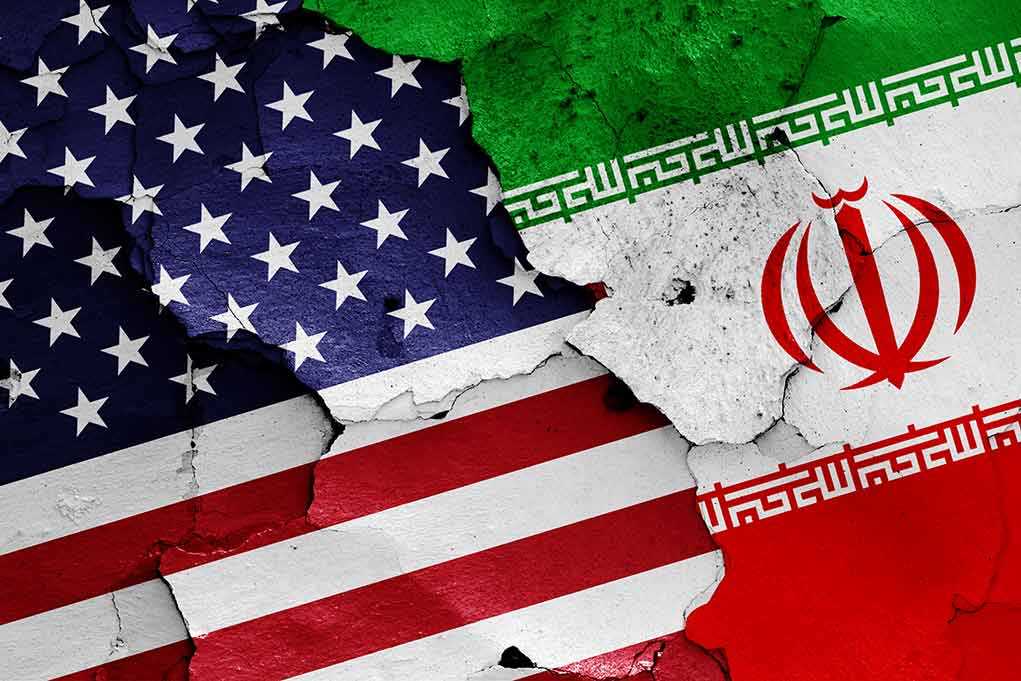CONFIRMED: IRAN’S Top Nuclear Sites CRIPPLED in U.S. Blitz

IAEA confirms Trump’s airstrikes have rendered Iran’s Fordow centrifuges “no longer operational,” dealing a significant blow to the Islamic Republic’s nuclear ambitions despite Tehran’s defiant public stance.
Key Takeaways
- U.S. airstrikes have caused “enormous damage” to three key Iranian nuclear facilities, with centrifuges at the Fordow enrichment plant now completely inoperable
- The IAEA cannot locate Iran’s enriched uranium stockpile, raising serious concerns about compliance with the Nuclear Non-Proliferation Treaty
- Iran’s Parliament has voted to end cooperation with IAEA inspectors in retaliation for the strikes
- Despite having sufficient enriched uranium for nuclear weapons, IAEA Director Grossi maintains that Iran has not yet pursued weaponization
- Israeli intelligence confirms the strikes have set back Iran’s nuclear weapons program “by many years”
U.S. Airstrikes Devastate Iran’s Nuclear Infrastructure
The International Atomic Energy Agency has confirmed that President Trump’s military strikes against Iran have successfully disabled critical nuclear infrastructure at multiple sites across the country. IAEA Director-General Rafael Grossi stated that centrifuges at Iran’s heavily fortified Fordow uranium enrichment facility are “no longer operational” following the precision strikes that began on June 13. The damage extends beyond Fordow to include significant impacts at the Natanz and Isfahan nuclear facilities, dealing a comprehensive blow to Iran’s uranium enrichment capabilities.
Despite Iran’s Supreme Leader Ayatollah Ali Khamenei dismissing the impact of the strikes, claiming “The US hit nuclear sites but couldn’t achieve much,” the IAEA assessment paints a different picture. Centrifuges, which are highly sensitive to vibrations and require precise engineering to operate effectively, appear to have been rendered completely inoperable at Fordow despite the facility’s significant underground fortifications. The extent of damage suggests that Iran’s enrichment capabilities have been severely compromised, validating President Trump’s assertion of a successful operation.
Questions Over Iran’s Enriched Uranium Stockpile
A major concern emerging in the aftermath of the strikes is the uncertain location of Iran’s existing enriched uranium stockpile. The IAEA has urged Tehran to disclose where this material is being stored, as international inspectors have lost visibility on these critical nuclear materials. This uncertainty has elevated tensions surrounding Iran’s compliance with the Nuclear Non-Proliferation Treaty, which requires the country to permit inspections of its nuclear activities and materials. The situation has been further complicated by Iran’s parliamentary decision to expel IAEA inspectors in retaliation for the U.S. strikes.
“It has suffered enormous damage,” said Rafael Grossi, IAEA Director-General, describing the impact on Iran’s nuclear infrastructure.
The IAEA has not been permitted to conduct ground-level assessments at the impacted sites, forcing reliance on satellite imagery to evaluate the damage. President Trump dismissed concerns that Iran might have moved its enriched uranium prior to the strikes, explaining that such material would be extremely difficult and dangerous to transport on short notice. Intelligence officials, including CIA Director John Ratcliffe and Director of National Intelligence Tulsi Gabbard, have backed the president’s assessment of severe damage to Iran’s nuclear program.
Conflicting Assessments and International Reaction
Defense Secretary Pete Hegseth and Lt. Gen. Dan Caine have forcefully rejected claims circulating in some media outlets that the strikes failed to destroy Iran’s nuclear work. These reports, based on a low-confidence intelligence assessment from the Defense Intelligence Agency suggesting the program was only set back by months, have been contradicted by more authoritative sources including the IAEA’s direct observations. The Israeli government has endorsed the U.S. operation, with Prime Minister Benjamin Netanyahu’s office stating that the combined U.S. and Israeli strikes have significantly delayed Iran’s nuclear ambitions.
“We assess that the American strikes on Iran’s nuclear facilities, combined with Israeli strikes on other elements of Iran’s military nuclear program, has set back Iran’s ability to develop nuclear weapons by many years,” stated the Israeli prime minister’s office, in their official assessment of the operation.
Despite having accumulated enough enriched uranium to potentially produce multiple nuclear warheads,” said Director Grossi, maintains that there is no evidence Iran has moved toward actual weaponization. However, the IAEA’s inability to monitor Iran’s nuclear materials following the regime’s decision to expel inspectors creates a dangerous blind spot in international oversight. This deterioration in transparency, combined with Iran’s continued defiance of international norms, underscores the critical importance of President Trump’s decisive action to neutralize the threat before it could fully materialize.







